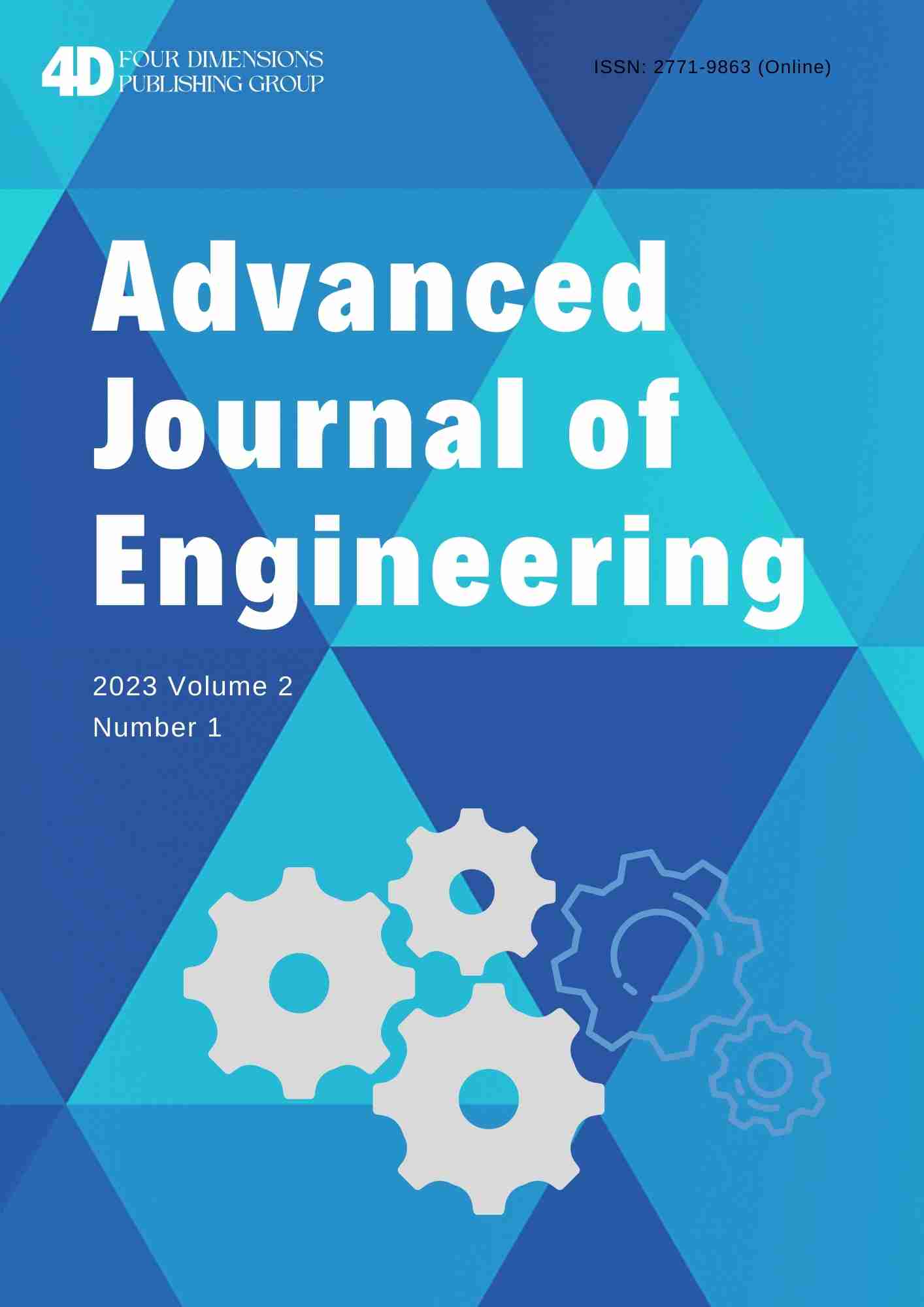
Advanced Journal of EngineeringOpen Access
Advanced Journal of Engineering[AJE] is an international peer-reviewed journal that publishes original and high-quality research papers in all related areas. All papers published will be open access to all readers. To build a platform for scientific research and academic exchange for scholars, focusing on the development and research, introducing worldwide research, theory and practice, and promoting international exchanges.
ISSN: N/A (Print)
Frequency: Bimonthly
ISSN: 2771-9863 (Online)
Website: https://doi.org/10.55571/aje
Email: journal@4dpublishinggroup.com /aje@4dpublishinggroup.com
Indexing and Abstracting:Google Scholar; CrossRef; ResearchBib; WorldCat; CiteFactor
Email: journal@4dpublishinggroup.com /aje@4dpublishinggroup.com
Indexing and Abstracting:Google Scholar; CrossRef; ResearchBib; WorldCat; CiteFactor
Community-Based Post-Earthquake Housing Re-Construction Using Building Ruins: A Case Study of Bantul, Indonesia
DOI:https://doi.org/10.55571/aje.2024031
Authors:Peerzadi Arzeena Imtiyaz
Affiliation:Department of Civil Engineering, Indian Institute of Technology, Hyderabad, India
Information:
Authors:Peerzadi Arzeena Imtiyaz
Affiliation:Department of Civil Engineering, Indian Institute of Technology, Hyderabad, India
Information:
Abstract:A 6.3 magnitude earthquake struck Bantul, Indonesia on May 26, 2006, causing immense loss of life and property. Approximately 37,927 people were seriously injured, 5,716 human lives were lost, around 156,664 houses were destroyed, and 202,032 were damaged. The total estimated loss during the Bantul earthquake was around IDR 29 trillion (US$ 3 billion). Non-engineered private buildings and houses were mostly damaged during the earthquake due to their high vulnerability to failure. This chapter focuses on the community-based post-earthquake housing reconstruction process in Bantul, using building ruins. The locals displayed a sense of solidarity, collectiveness, and tolerance during the disaster recovery process, which was recognized as a value adopted from their strong local culture. The chapter suggests the use of local practices. The Bantul community exhibited a great level of acceptance and comfort towards their new self-constructed homes using building ruins. Four levels of capabilities, namely attention (niteni), mimicking (niroake), adding (nambahake), and creativity (dan nemoake), have been explained to understand their independent construction using building ruins. The new buildings constructed after the earthquake presented an example of easy procurement of construction materials, self and simple construction, and a strong motivation to understand the sustainability of potential building material ruins. These are the actual requirements in any community for sustainable post-disaster construction
Keywords:Ruins; Post-earthquake housing construction; Community participation
Cite This Article:Imtiyaz P.A, Community-Based Post-Earthquake Housing Re-Construction Using Building Ruins: A Case Study of Bantul, Indonesia. Advanced Journal of Engineering. 2024,3(1):80-96. https://doi.org/10.55571/aje.2024031
Keywords:Ruins; Post-earthquake housing construction; Community participation
Cite This Article:Imtiyaz P.A, Community-Based Post-Earthquake Housing Re-Construction Using Building Ruins: A Case Study of Bantul, Indonesia. Advanced Journal of Engineering. 2024,3(1):80-96. https://doi.org/10.55571/aje.2024031
